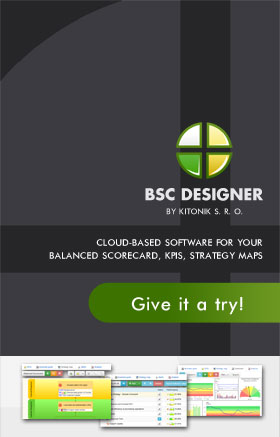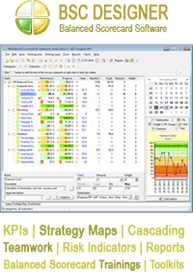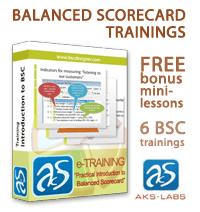Supply Chain Balanced Scorecards Promote Organizational Efficiency
The balanced scorecard or BSC is another managerial tool that is comprised of key performance indicators. The BSC was developed during the 1980’s, primarily to determine the impact of small business on corporate goals and objectives. Now, it has become an important tool for management in measuring efficiency and effectiveness of organizational and business processes. The supply chain balanced scorecard, in this sense, is a management-measuring tool to determine the efficiency of the supply chain system in delivering goods and services to customers at a most opportune time.
The supply chain BSC will contain anything that is relevant to maintaining an excellent record in meeting customers’ demands. This means that it is not limited to matters concerning to stocking and delivery and how efficiently these functions are done. Before goods and services can be delivered, you have to have the goods and services to deliver. So, naturally, the supply chain BSC will involve aspects of production, finance, and training. These are internal factors of the scorecard, but since supply chain involves customers, it should include external aspects as well.
The external aspects will include information about the ability of the organization to fill orders and customer back order levels. These tell managers the ability of the market to absorb increased production or perhaps the effectiveness of the sales force. These are very important in determining manufacturing and sales levels, sales strategies, after sales services, and delivery methods.
Each area in the supply chain system from manufacturing, stocking, storage, delivery, finance, to training will have its own balanced scorecards. But they are prepared in coordination with each other, to ensure that objectives or forecasts and mediating activities are focused on one thing – generating sales and profit. The individual supply chain BSCs, of course, are based on the general goals and objectives of the organization. Some organizations will have strategic plans and the scorecards are especially useful in breaking down long-term objectives and targets into workable specific targets.
The financial aspect of efficiently delivering goods and services are fully integrated into each scorecard so that all angles of operations are fully covered, which means that objectives, targets, and mediating activities are formulated in accordance with the principle of eliminating extraneous expenses and maximizing financial resources.
These balanced scorecards make monitoring of the performance of departments or sections, and even individual employees involved in the supply chain, very easy. Employees can keep track of how well they are doing based on expected outputs and can then make the necessary adjustments. Managers can have a bird’s eye view of what is happening and developing in the supply chain by simply referring to them anytime or during periodic organizational assessments conducted to determine whether plans and targets are being accomplished in the most efficient manner.
Many business organizations become waylaid by the opposition because they make decisions in the dark, decisions that are not based on concrete internal and external conditions. With supply chain balanced scorecards where all aspects involved in efficiently delivery goods and services are considered and ease in monitoring accomplishments is provided, they won’t have to stay in the dark much longer.
—
If you are interested in Supply Chain Balanced Scorecards, check this web-site to learn more about supply chain roi.


